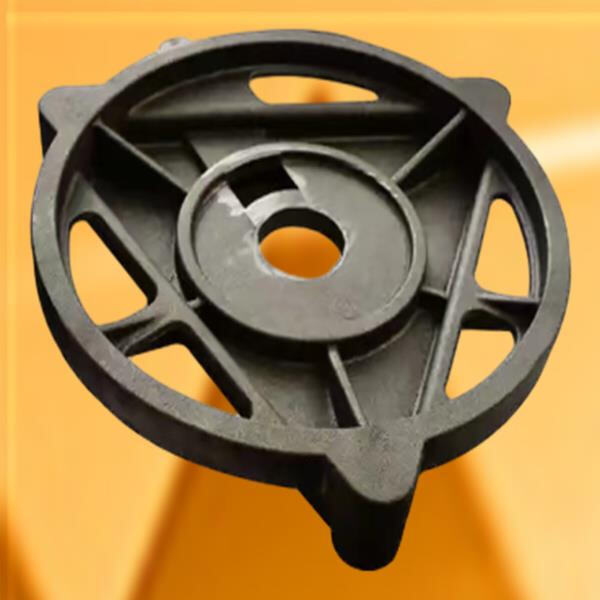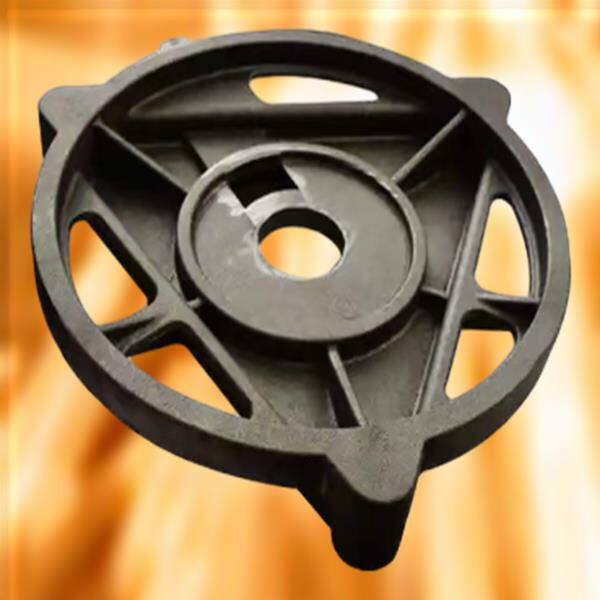Modern foundries, of course, have better ways to make things out of cast iron than sand casting. People have been using it for ages since it allows them to make large and heavy things. Now, let’s understand how sand casting works.
And sand casting? It’s a method for creating shapes by pouring molten iron into a mold made of sand. First, sand is tightly packed around a model, which is a fancy term for a shape that looks sort of like the thing you want to produce. As the hot iron cools, it becomes hardened and molded to conform to the pattern. Once the foundry has cooled down, we dig out the sand & reveal the solid cast iron object.
A great thing about cast iron sand casting is that it’s ideal for producing large, weighty things. It is also cheaper than some other methods of making. It can be a bit more difficult to get very detailed designs, however. That’s because the sand mold cannot always capture the smallest details of the pattern.

While cast iron sand casting may not be best for extremely tiny detail, there are ways that this can be improved. One can get more complicated designs by using a finer sand and also by making a very careful pattern). It’s good to have a sense of casting and what a variety of factors can do to alter the end object.

Preparing the sand is critical in sand casting. The sand used to cast the mold must be mixed with a special glue so it won’t erode. It must also be densly packed around the pattern in order to create a smooth surface on the final cast iron object. Without well-prepared sand, the mold may not survive a casting.

There are a lot of various goods produced using cast iron sand casting. It is commonly used in creating parts for cars, such as engine blocks and transmission cases. It’s also used to construct things like bridges and buildings. Strong and long-lasting, this type of casting is a favorite for fabricating a wide variety of items because of those qualities.

